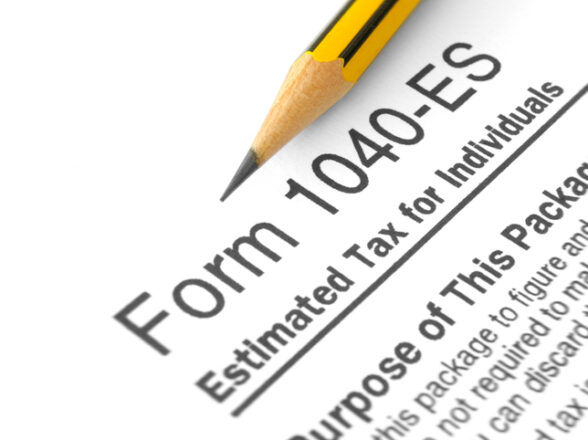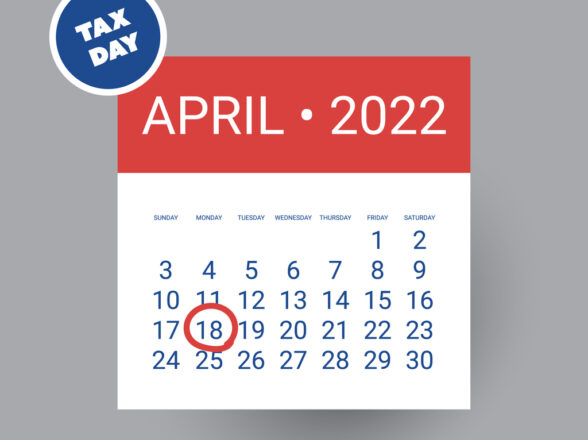Blog
The New Child Tax Credit Explained

In today’s world, investors and saviers don’t have luxury of missing out on any opportunity they have to minimize taxes and enjoy the benefits of our country. One big tax saving for those with children is the federal government Child Tax Credit, which has recently changed. Thanks to the American Rescue Plan Act, there are four notable differences in effect for the 2021 tax year only that were not previously available to tax filers in the US.
First, the Internal Revenue Service is paying many families who qualify for the CTC 50% of their credit before 2021 ends. Think about that; a timing advantage that works in your favor. We can’t recall a situation where the government helped you out early, and our view on this is, don’t get used to it!
Second, the credit has grown larger for most eligible families: $3,000 per child, $3,600 per child under age 6. In an era of inflation and higher prices of the post-COVID world, this is another welcomed change for many families.
Third, this year’s CTC is fully refundable. Again, not an advantage that tax filers have enjoyed in prior years.
Fourth, the credit has been extended to 17-year-olds for the first time – that is, children who turn 17 in 2021. A client recently asked us if his son would still qualify for the CTC because, at 37 years old, he was still acting like a child. Although a reasonable arguement, no sympathy from the IRS on this one, sadly.
All this comes with a caveat. Some families may end up getting a bigger CTC than they should, and they may have to pay some of it back. Certain households may see their adjusted gross incomes (AGIs) rise for 2021, to the point where they may be eligible for less of the CTC than the I.R.S. has paid out to them.
CTC payments are going out in monthly increments through December. Eligible families are receiving $250 a month for each child aged 6-17 and $300 a month for each child under age 6. A small number of CTC recipients are opting for a lump-sum payment that the I.R.S. will send them in 2022, after they file their 2021 federal tax returns.
High-income families might get less. Phase-outs apply for this year’s expanded per-child credits of $3,000/$3,600. As a result, affluent households might only receive the standard $2,000-per-child credit in six monthly increments rather than the enlarged one.
Phase-outs will kick in for single filers with modified adjusted gross income (MAGI) greater than $75,000, heads of household with MAGI greater than $112,500 and joint filers and widows/widowers with MAGI greater than $150,000. For each $1,000 (or fraction thereof) that the taxpayer’s MAGI exceeds the applicable threshold, the taxpayer’s CTC is reduced by $50.3
Some divorced parents have opted for the lump-sum payment in 2022. Here, the risk of taking the monthly payments is that if one parent claimed a child in 2020 but doesn’t in 2021, they may get CTC credits in 2021 that they have to pay back in 2022.2
Keep in mind that tax rules are constantly changing, and there is no guarantee that any of these CTC changes will be carried over into future tax years. If you have any questions, please reach out to us or contact your tax professional.
Finally, Infinium does not provide tax and legal advice and this article is for informational purposes only.


































































































